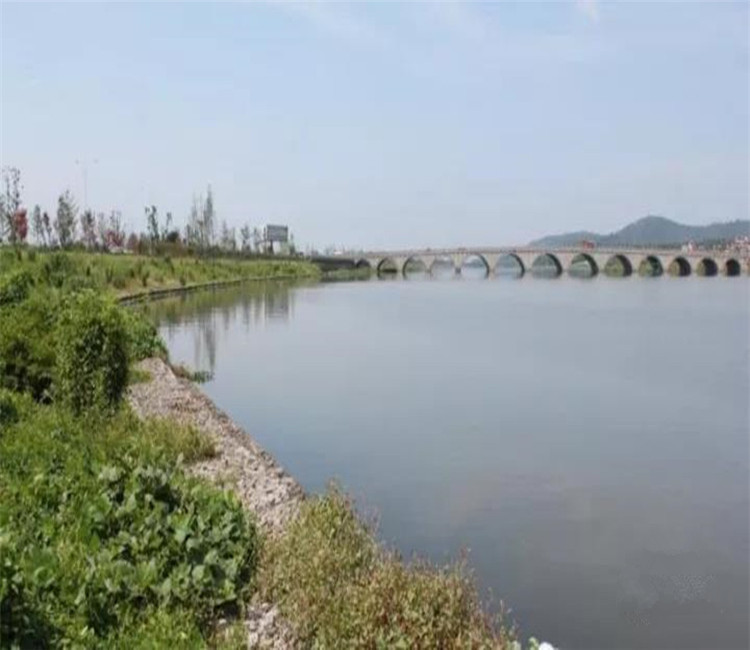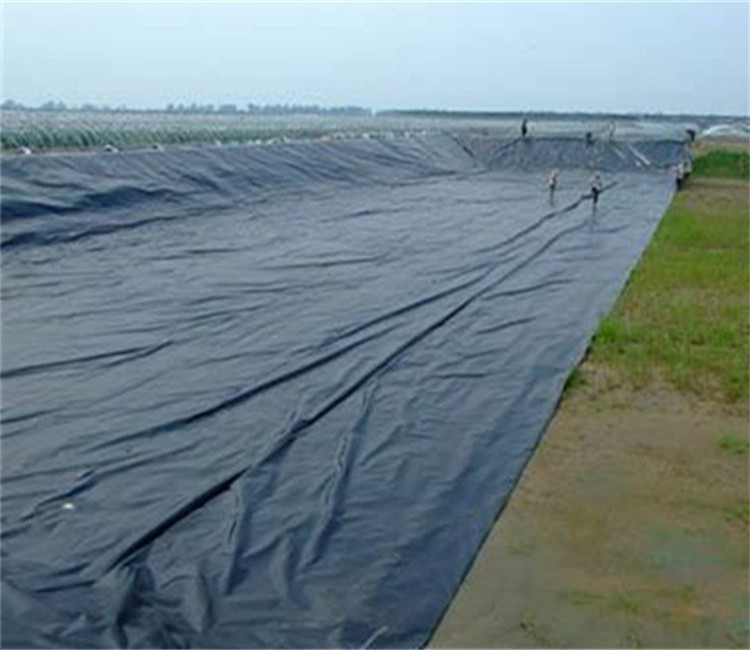09
2019
-
03
What Aspects can Impervious Geomembrane be Used and Matters Needing Attention in Construction
Author:
In recent years, with the advancement of industrialization and stricter environmental protection policies, geomembranes are used more and more in engineering. Many customers are not sure what projects should use geomembranes as impervious treatment. Sometimes they spend more but use Geomembranes for several years, and the cost is higher and higher.
Anti-seepage geomembrane, a high-quality anti-seepage treatment material, is a kind of plastic film as anti-seepage base material, which is divided into low-density polyethylene geomembrane, high-density polyethylene geomembrane and EVA geomembrane. The anti-seepage geomembrane has the characteristics of strong drainage capacity, high friction coefficient and good aging resistance. It is widely used in railways, highways, gymnasiums, dykes, hydraulic structures, tunnels, coastal beaches and reclamation. Environmental protection and other projects.
The connection of anti-seepage geomembrane itself. There are three ways to connect impervious films, i. e. bonding, welding and vulcanization, depending on the raw materials of the films. The impermeability of all joints should be checked to prevent leakage due to poor connection. The contact surface between the anti-seepage geomembrane and the supporting material should be smooth so as not to lose the anti-seepage effect of the film by stabbing the slope. Otherwise, fine-grained cushion should be installed to protect the film from damage.
Matters needing attention
1. Check that there is no dirt, moisture and dust at the joint before welding after laying.
2. Clean up the base surface while laying, avoid stones and heavy objects directly falling on the membrane, and do a good job of protective layer after construction.
3. Don't pull too tightly when laying. The ripple shape is better when both ends are buried in the soil. When anchoring with rigid materials, there should be a certain amount of expansion.
4. When geomembrane is transported or stored, it should be packaged well to prevent puncture, ultraviolet radiation and long-term exposure to sunlight.
5. Geomembrane should be enclosed in engineering or liquid or solid deposits, and lining should be done outside if necessary.

Pay attention to construction technology:
1. The soil should be firm and the grass and tree roots within the scope of uneven subsidence, cracks and seepage prevention should be removed. Sand or clay with small particle size is laid on the contact surface of the membrane as a protective layer.
2. HDPE double smooth geomembrane should not be stretched too tightly when laying. It is better to bury part of the soil at both ends in a corrugated shape. When anchoring objects with rigid materials, a certain amount of expansion should be retained.
3. During construction, stones and heavy objects should be avoided directly falling on the smooth HDPE geomembrane. It is better to lay the membrane and cover the protective layer at the same time.
4. Construction personnel should wear flat-soled cloth shoes or soft rubber shoes, and nail shoes are strictly prohibited in order to avoid destroying smooth HDPE geomembrane. If damaged smooth HDPE geomembrane is found during construction, it should be repaired in time.
1. The laying of geomembrane:
A. The surface of cleaning film should be smooth, unequal, sharp objects, such as stones, wires, sticks, etc. Weeds should be sprayed with herbicides.
B. It's better to lay in a certain direction, and not pull too tightly. A certain amount of expansion should be left to adapt to the deformation of the matrix.
C. A certain width of the bonding layer between PE film and PE film is reserved on both sides. When laying, the orientation of each unit geomembrane should be adjusted so as to facilitate the welding of two units geomembrane.
D. After laying, sand bags should be pressed to prevent wind, affect the next step of the geomembrane edge welding and cover the cushion in time.

2. Welding of geomembrane:
A. For HDPE double-gloss geomembrane, no dirt, moisture, dust and so on are required at the edge joints.
B. Before welding, the PE monolayers on the two sides of the joint should be adjusted so that they overlap with a certain width and are flat and wrinkle-free.
C. When welding, the company assigns technicians to be responsible for welding or technical guidance. When welding, special double-track automatic crawling welding is used for welding.
D. Control the pressure, temperature and forward speed of the heat closing machine to ensure the quality of the welding seam.
E. Inspection in time after welding to ensure the integrity of the weld; with paving and welding in the welding process, the cleaning of the time process becomes more difficult.
undefined




